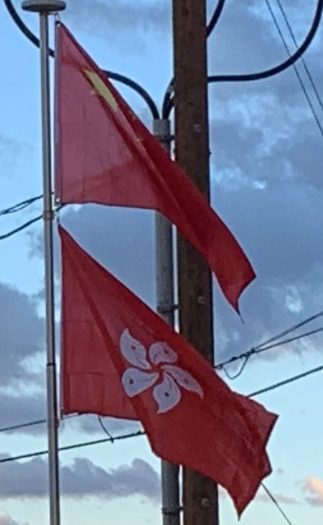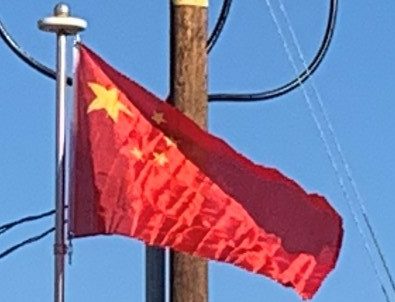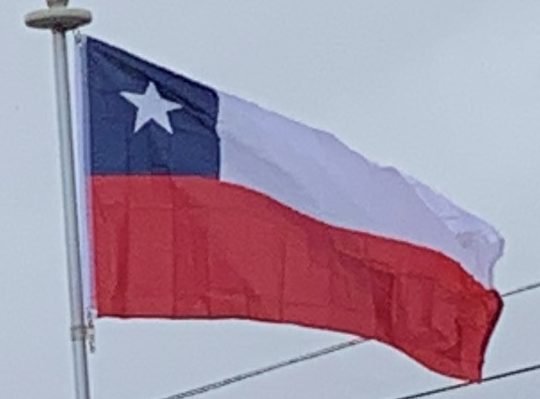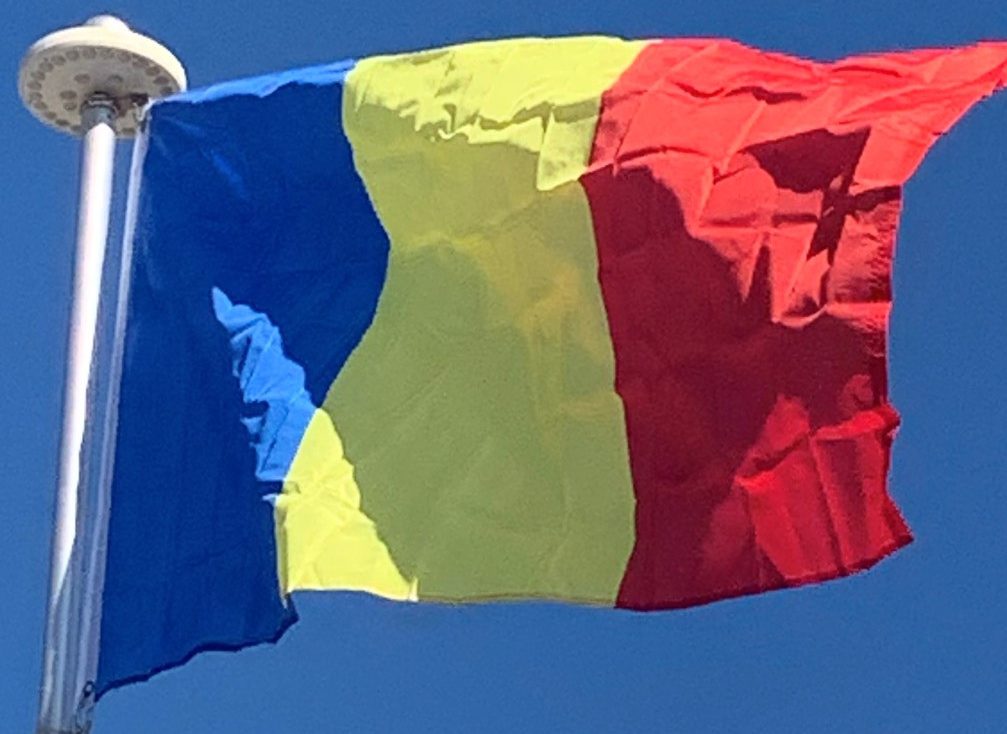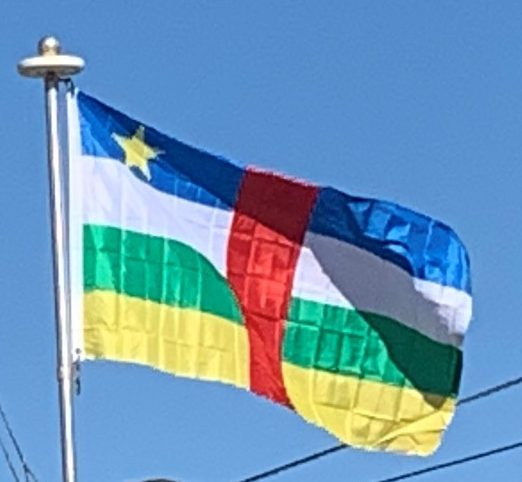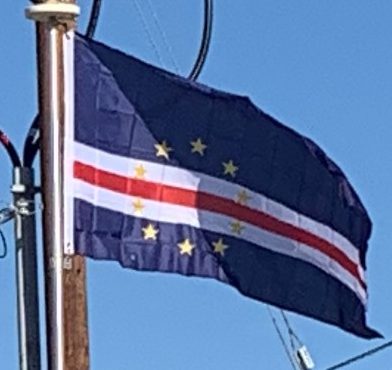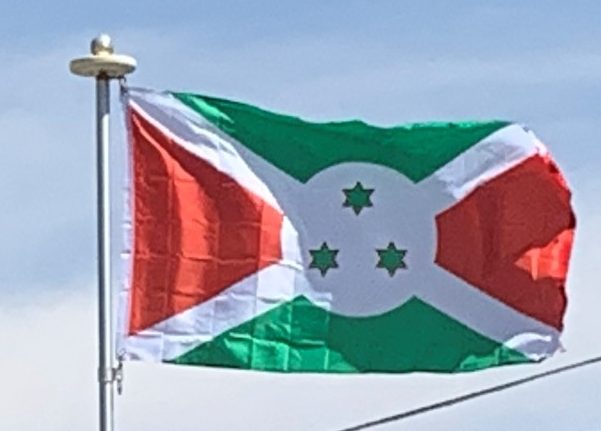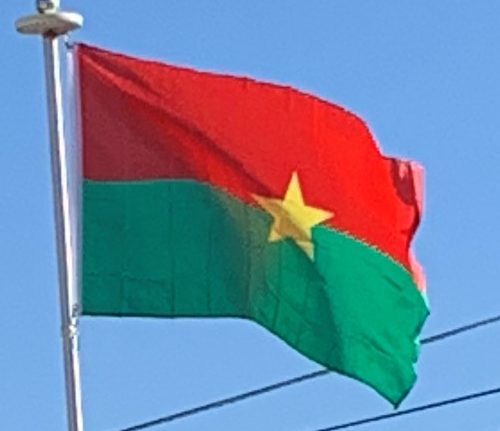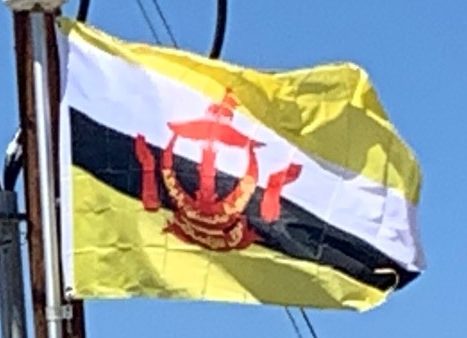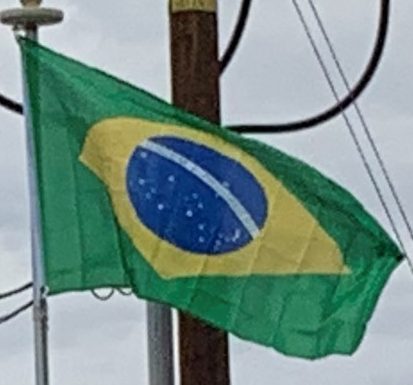Hong Kong
The flag of Hong Kong, officially the regional flag of the Hong Kong Special Administrative Region of the People’s Republic of China, depicts a white stylised five-petal Hong Kong orchid tree (Bauhinia blakeana) flower in the centre of a Chinese red field. Its design was adopted on 4 April 1990 at the Third Session of the Seventh National People’s Congress. The precise use of the flag is regulated by laws passed by the 58th executive meeting of the State Council held in Beijing. The design of the flag is enshrined in Hong Kong’s Basic Law, the territory’s constitutional document, and regulations regarding the use, prohibition of use, desecration, and manufacture of the flag are stated in the Regional Flag and Regional Emblem Ordinance. The flag of Hong Kong was first officially hoisted on 1 July 1997, during the handover ceremony marking the transfer of sovereignty from Britain to China.
